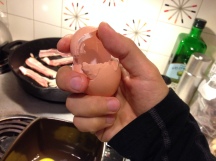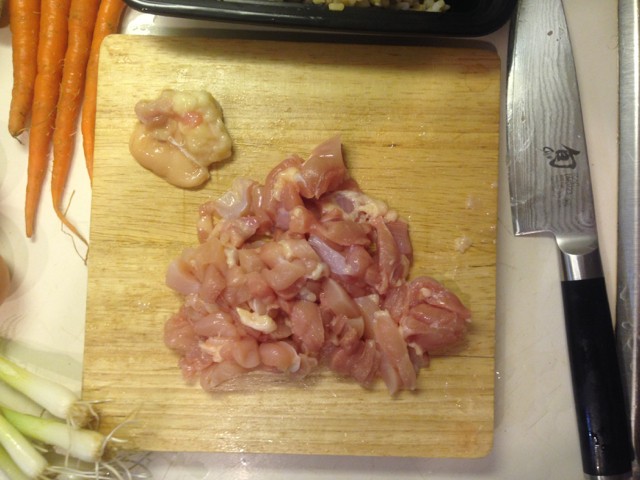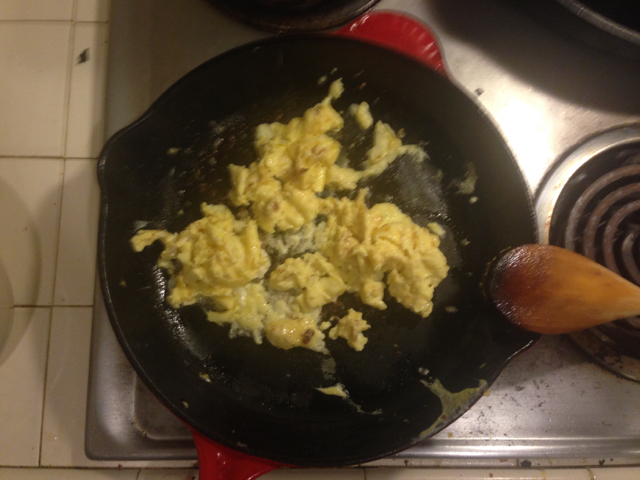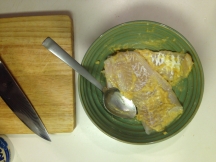It’s been a while, but I promise we’ve been eating. It’s a little different now that we’re in rural Utah and the closest grocery store is about an hour away, and even that’s a rural grocery store. Here is one of the first meals we made when we got back and were visiting a friend:

It was a beef and potato green curry, and here’s the recipe:
beef (preferably from a field-butchered bull that broke its leg up on the mountain that you and your friends hiked out with)
potatoes
spinach
Thai green curry paste
a can of coconut milk
fish sauce
coconut oil
- Cube the potatoes and heat coconut oil in a large iron pan with the cover on over low heat
- Get in a pickup truck with your friend and drive up the ledge to help take the big yurt pieces off of your friend’s yurt from when the wind blew it down this past winter
- Drive down, unload the pieces, and add the potatoes
- Drive back up and make a second trip for the furniture
- Drive back down and stir the potatoes
- Unload the furniture
- Stir the potatoes again and add the beef
- When the beef is brown, add the coconut milk, green curry paste, and fish oil (add more fish oil than you’re comfortable with) – bring it to a boil then lower the heat
- When it’s simmered for a bit, add the spinach and cook until the spinach wilts
The result is a really tasty curry. Usually when we make this, we’ll add onions and ginger and any other veggies we have on hand and the result is always good. Oh – and it’s even better with Caitlin’s Mary Orr cake.
















 When I made this meal, though, he was just getting used to
When I made this meal, though, he was just getting used to
















